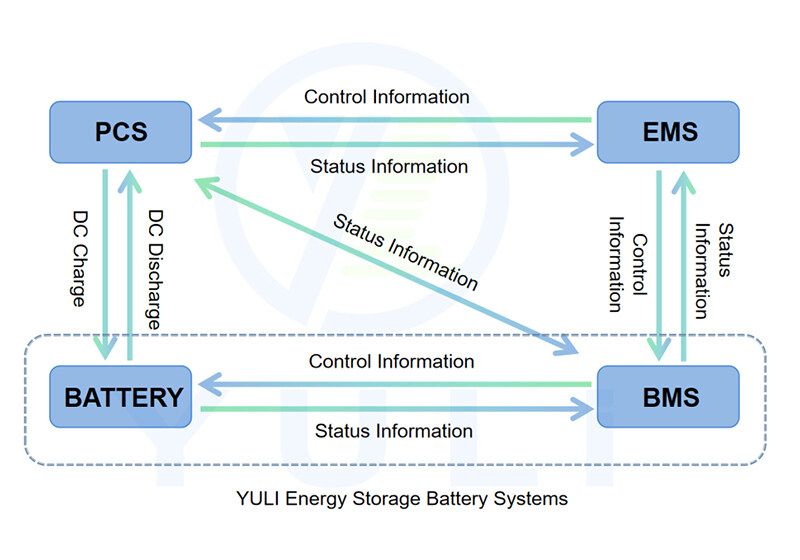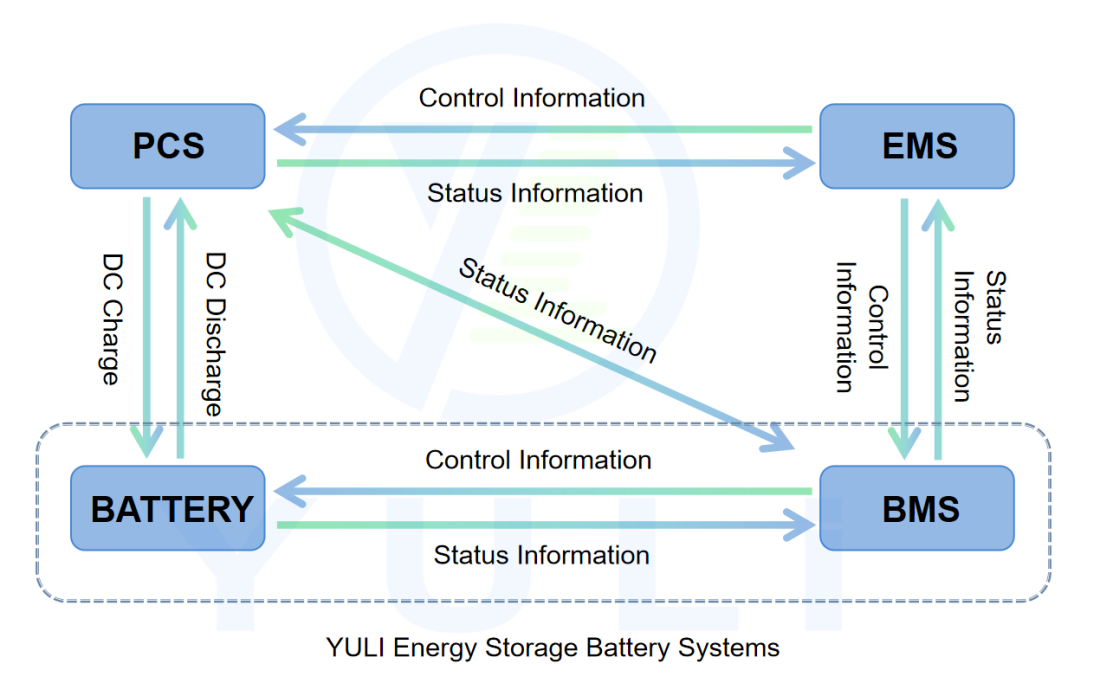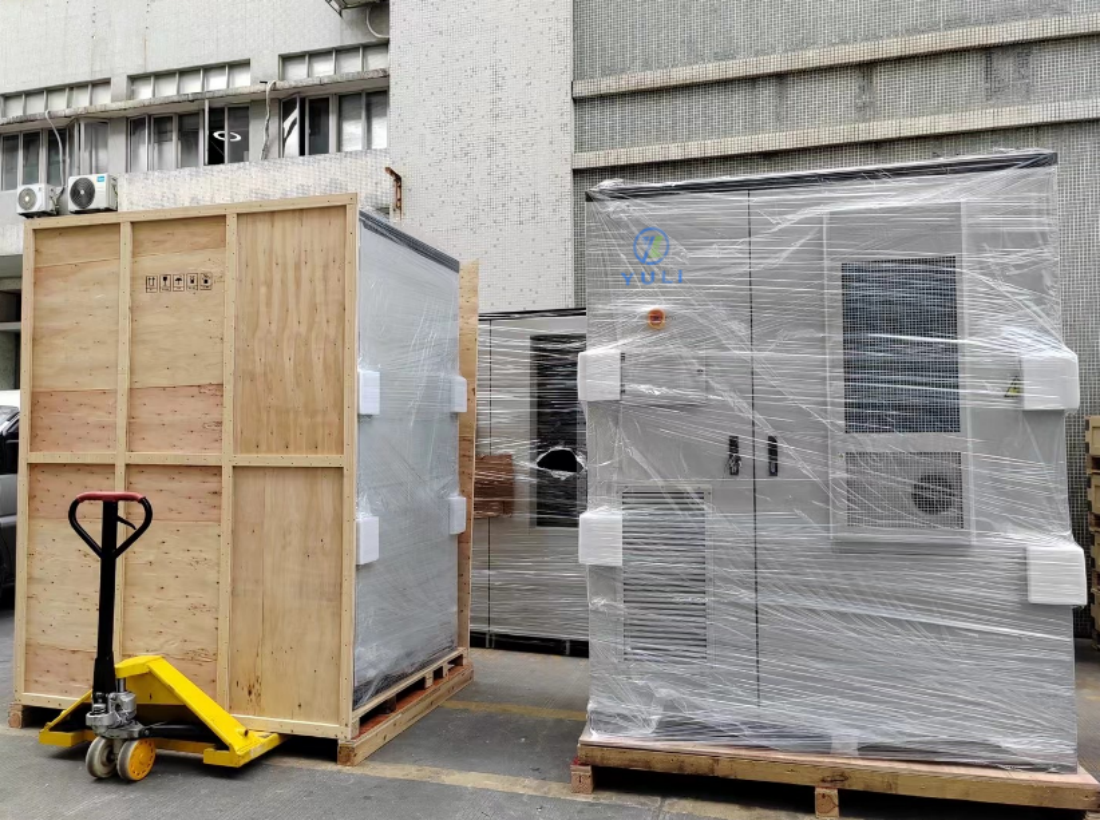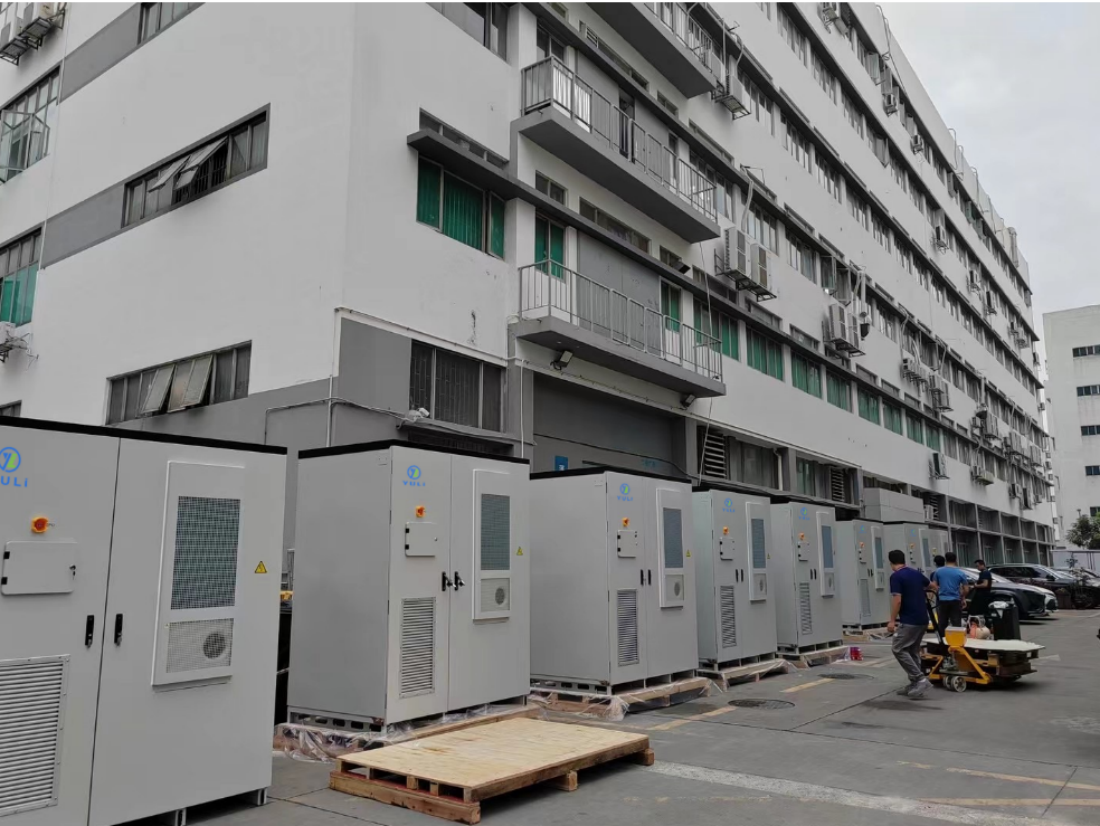Email format error
Email cannot be empty
Email already exists
6-20 characters(letters plus numbers only)
The password is inconsistent
Email format error
Email cannot be empty
Email does not exist
6-20 characters(letters plus numbers only)
The password is inconsistent


5 minutes answers to all your questions about C&I energy storage systems EMS, PCS and BMS
At present, the global energy supply and demand pattern has entered a stage of adjustment, and more and more countries have listed energy storage as a necessary option to accelerate their clean energy transformation. Commercial and industrial energy storage, as a kind of electrochemical energy storage under the new energy storage, is one of the most common and practical energy storage technologies at present. YULI Energy as a pioneer in the new energy storage industry, has also provided a number of commercial and industrial energy storage solutions for our global customers.
Energy storage system mainly consists of Energy Storage Batteries, Power Conversion System (PCS), Battery Management System (BMS), Energy Management System (EMS), and other supporting electrical equipment, which play an important role in the operation of the energy storage system, and it is very important to understand the meanings and roles of these terminologies for designing, installing, and using the energy storage system.
To summarize, in an energy storage system, the battery pack feeds status information to the BMS, which shares it with the EMS and the PCS; the EMS sends control information to the PCS and the BMS based on optimization and scheduling decisions, controlling the storage battery to complete the charging and discharging work.
01. Power Conversion System (PCS)
Power Conversion System (PCS)can control the charging and discharging process of the battery, and carry out the conversion of AC and DC. PCS consists of DC/AC bi-directional converter, control unit, etc. PCS controller receives the EMS control instruction through communication, and according to the instruction, it controls the converter to charge or discharge the battery. PCS controller communicates with the BMS through the CAN interface and obtains the status information of the battery pack, which can realize the protective charging and discharging of the battery to ensure the safe operation of the battery. Protective charging and discharging of the battery to ensure the safety of battery operation.
Power Conversion System (PCS)can be understood as an oversized charger, but the difference with the common cell phone charger is that it is bi-directional, and can control the charging and discharging of the energy storage battery pack, AC and DC conversion.
02. Battery Management System (BMS)
Battery Management System (BMS) is an indispensable part of the energy storage system. It carries out comprehensive management of the battery to ensure safe and stable operation of the battery. BMS not only monitors the temperature and charging/discharging status of the battery in real time, but also diagnoses the faults and predicts the battery's lifespan and maintenance needs through unique algorithms, thus ensuring the long-term stable operation of the energy storage system.
The BMS software is mainly composed of BCU (Battery Control Module) + BMU (Battery Acquisition Module) + EM (Environment Control Module), with the following functional overview:
/ Data acquisition function: Battery information such as voltage, temperature and current, environmental information such as humidity and temperature, insulation impedance, current and electrical data are acquired;
/ Fault detection function: It can implement detection based on voltage, current, temperature, SOC and other data, and once the data exceeds the fault threshold, it can carry out fault processing to protect the battery safety;
/ SOX function: supports equalization calculation of SOC, SOH and SOP for single battery and battery pack;
/ Charge/discharge control function: real-time battery SOP, current, voltage and other information sent to the PCS, to ensure that the PCS in the battery in the best condition for charging and discharging;
/ Data storage function: support local storage of system operation data, fault record, power-down save function;
/ OTA upgrade function: support local U disk, 485 upgrade, support remote OTA upgrade;
/ Thermal management control function: according to the battery status, active hot and cold management of the battery pack, to realize the temperature control function, to maintain the battery in a temperature range.
Battery Management System (BMS) can provide comprehensive monitoring and control of the battery pack to ensure the safety, stability and performance of the energy storage battery, so as to realize the best effect of the energy storage system. BMS can also improve the service life and safety of the energy storage system, reduce the maintenance cost and operation risk, and provide a more flexible and reliable energy storage solution.
03.Energy Management System (EMS)
The main task of EMS is to monitor and intelligently manage each equipment of the system in real time, realize data collection, storage, processing, uploading, as well as operation control, operation strategy formulation, etc., and carry out generalized and informatized monitoring and management. EMS can ensure the maximum utilization of energy of the energy storage system, optimize the charging and discharging schedules of the batteries and improve the operation efficiency and reliability of the energy storage system. At the same time, EMS also enables response to grid scheduling and demand to achieve stable and optimized operation of the grid.
The following is the function introduction of YULI Energy intelligent energy management platform:
/ Platform Overview: Display the current operation overview of the energy storage system, including: energy storage charge/discharge, real-time power, SOC, revenue, energy diagram, multi-power operation diagram, etc., as the main page of monitoring;
/ Equipment Management: View all kinds of equipment by equipment, including real-time operation data of PV inverters, PCS, BMS, meters, fire hosts, all kinds of sensors, etc., and support equipment regulation;
/ Operation revenue: show the revenue and power information of energy storage, which is the most concerned function of EPC and owners;
/ Failure alarms: summarize the failures and alarms of various types of equipment, and query them by equipment type, time, etc;
/ Statistical analysis: query the historical operation data of equipment and related reports, while supporting data export;
/ Energy management: the core function of EMS, configuring energy storage energy scheduling strategy, realizing peak shaving and valley filling, demand management and other functions.
YULI Energy integrates energy storage batteries, PCS, self-developed BMS and EMS into a single system, which can be flexibly deployed to realize the extreme simplicity in design, installation, operation and maintenance.
In conclusion, PCS, BMS and EMS, are the core components of a commercial energy storage system, work together not only for the performance and utilization of the entire energy storage system, but also play an important role in promoting sustainable development, enhancing energy security, adapting to future energy demand and improving energy utilization efficiency. When designing and using an energy storage system, a comprehensive understanding of the functions and roles of these three components, as well as the proper configuration and optimization of their synergies, will help achieve the best performance and sustainability of commercial energy storage systems.
If you are looking for the best solution for your commercial or industrial energy storage system, YULI ENERGY's professional technical team is always available online to answer your questions!
Yumiko H. / Best Regards
Shenzhen Yuli Energy Technology Co., Ltd.
Add: No.10 Tangxing Road, Tangjiacun 3rd Industrial Zone, Guangming New District, Shenzhen, China
Phone/Whatsapp/Skype: 0086 185 2021 5936
